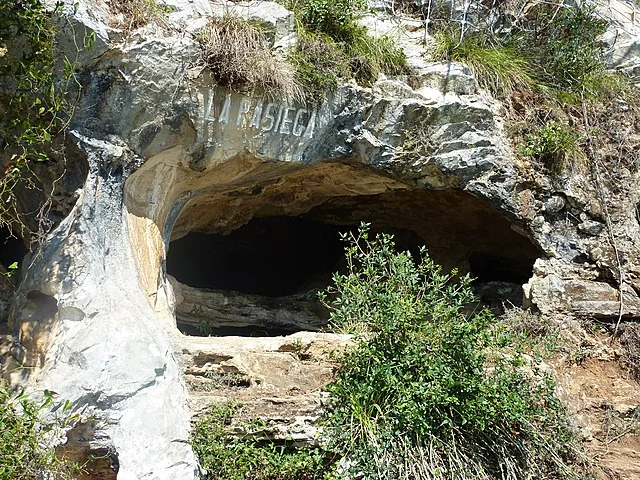Cave of La Pasiega is an important prehistoric site located in the Cantabria region of northern Spain. It is part of the Monte Castillo cave complex, alongside other notable caves such as El Castillo, Las Monedas, and Las Chimeneas. Discovered in 1911, La Pasiega is known for its extensive collection of prehistoric cave art, which includes paintings and engravings spanning thousands of years.
Get your dose of History via Email
The Discovery and Significance
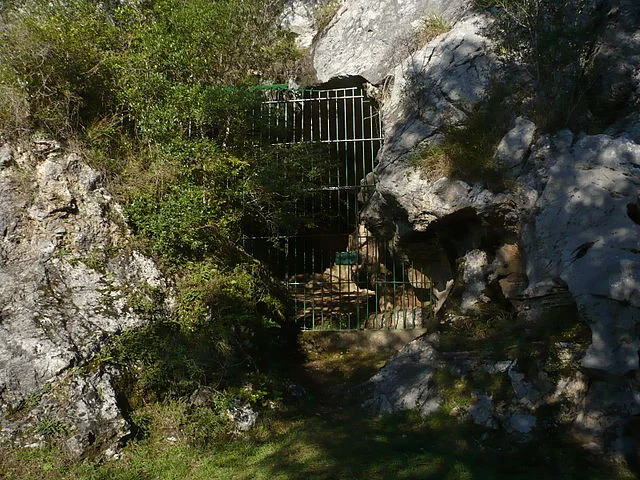
Archaeologists found the Cave of La Pasiega during excavations led by Hermilio Alcalde del Río, a prominent Spanish prehistorian. The discovery brought immediate attention due to the rich collection of Paleolithic art present inside. The cave provides crucial evidence of human activity during the Upper Paleolithic period, dating from approximately 25,000 BC to 10,000 BC.
The Cave Art
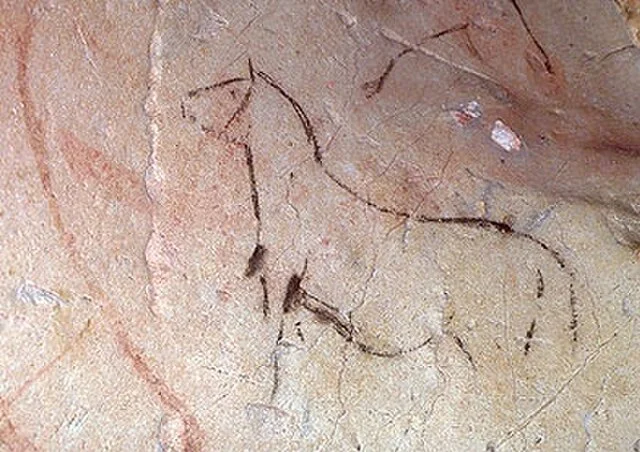
La Pasiega’s walls are covered with hundreds of engravings and paintings, primarily depicting animals such as horses, bison, and deer. These figures are typically outlined in red and black, and they are often superimposed on one another, reflecting multiple periods of artistic creation. The site also contains abstract symbols, such as dots, lines, and shapes, which are less understood but provide insights into early symbolic communication.
In addition to the naturalistic depictions, La Pasiega includes geometric designs. Some of these designs have been interpreted as potential calendars or abstract representations of the environment. The combination of animal figures and abstract symbols makes La Pasiega unique in the study of prehistoric art.
Dating and Chronology
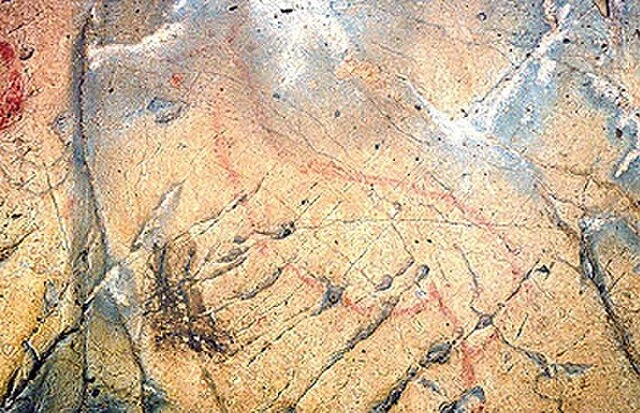
The art in La Pasiega spans several millennia. Some paintings date back to the Aurignacian period (approximately 35,000 BC), while others belong to the Magdalenian period (around 15,000 BC). The wide temporal range demonstrates that the cave was used by different groups of early humans over time. Modern dating techniques, including uranium-thorium dating, have provided accurate estimates for when these artworks were created.
Cultural Importance
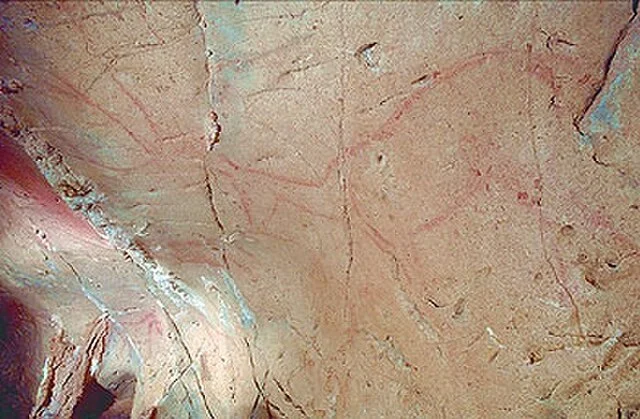
Cave of La Pasiega, along with the other caves in the Monte Castillo complex, has provided essential insights into the culture of prehistoric humans in Europe. The artworks reflect the early humans’ deep connection to their environment, with a focus on animals that played a significant role in their survival. Additionally, the presence of abstract symbols suggests the early development of cognitive and symbolic thought.
The cave’s significance extends beyond its artistic heritage. Excavations within La Pasiega have also uncovered stone tools and evidence of habitation, further enriching our understanding of Upper Paleolithic life in the region.
Research and Preservation
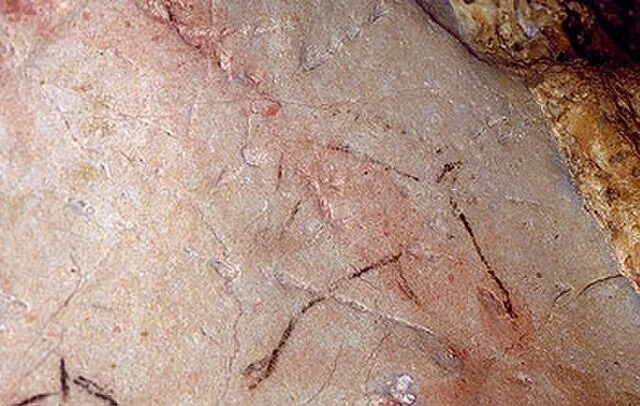
Since its discovery, La Pasiega has been the focus of extensive archaeological and scientific research. Scholars have used various methods, including digital imaging and chemical analysis, to better understand the art and the environment within the cave. As a protected UNESCO World Heritage Site since 2008, efforts have been made to preserve the fragile cave art from damage caused by natural deterioration and human activity.
Cave of La Pasiega remains closed to the public to preserve the integrity of its artwork. Access is limited to researchers, who continue to study the site to uncover new insights about the people who created the art and lived in the region.
Conclusion
The Cave of La Pasiega is a key site for understanding the evolution of prehistoric art and human cultural development. Its artwork provides a rich record of early human life and offers valuable insights into the symbolic and cognitive abilities of our ancestors. As research continues, La Pasiega will remain a crucial source of knowledge about Paleolithic Europe.
Source:

